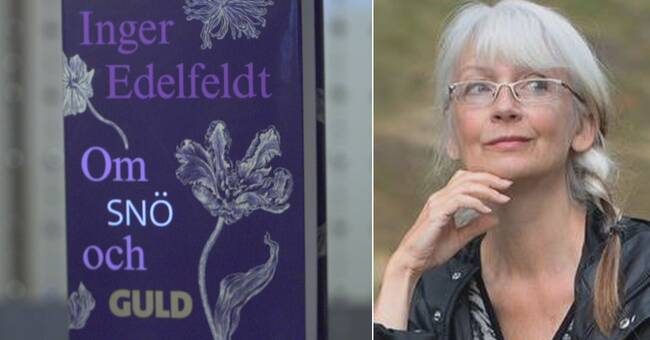Miranda in Inger Edelfeldt's
According to her father, the doctor should have been a son to take on wilderness expeditions.
Miranda's mother, a depressed housewife with chronic crystal melanoma, had wished for a more normal daughter, or perhaps she did not exist at all?
That is the icy premise of Edelfeldt's voluminous novel about lifelong exclusion.
Miranda is alone, beyond the role of the only child of two unhappy and self-absorbed parents, alone in existence itself.
She becomes a scared and anxious girl
in response to the lack of interest in her person.
The only refuge is one's own imagination.
Creation and art.
Drawing puts her in a trance and security, but her dark fairytale worlds are branded as strange in both home and school.
The misery is entirely psychic
.
Mother Gerd is portrayed as a classic black portrait of a mother who cannot distinguish between her daughter and herself, a boundless breach of privacy who imagines that it is the daughter who hates her.
She is drawn in fine print with lines like trapdoors, like a dangerous weather game, a "climate" that cannot be escaped.
When the strange, bullied child
who does not meet anyone's expectations approaches puberty, everything gets worse.
How does one exist inside a self that is stamped incomprehensible?
How do you become a free artist if art was originally a refuge?
The Miranda child tries to drape himself in the exotic aura in his new name Mira, but falls apart after a betrayal and suffers from a psychosis.
She is found at the last second as a chilled snow angel.
On the psyche, she can not see her mother without screaming.
But mom and dad are never the words.
They are called Gerda and Henrik and the whole book is aimed at Gerda.
Miranda's universe is reminiscent
of Agnes von Krusenstjerna's Tony books: girls who grow up in misunderstanding and under duress, and after being pushed to the brink of mental illness, gain some respect from the family.
But only because they are afraid of her.
And it also takes root in herself: maybe she should always be considered crazy?
Her art as insane, her imagination sick?
The reader is also exposed to the threatening experience that it is impossible to be understood, no matter how hard you try.
It is skilfully told about how fellowship becomes difficult for those who are not recognized as individuals: suffocating, elegant and with the small print that Edelfeldt repeatedly dares to use to emphasize the tragedy.
HC Andersen 19th century saga The
girl who stepped on the bread - about the arrogant girl who is sentenced to hell - is another thread down into the underworld in Edelfeldt's saga.
But what is extracted from it is, of course, the powerless guilt of the rejected girl, and the passive tears of the righteous mother.
This is what Inger Edelfeldt has always excelled in: the saga's alloy with social realism.
The gold in the villa suburb.
Ancient mythical patterns in the 70's Swedish perstorp plate.
The eyes of the Penn trolls in the moment when they can no longer be animated.
Psychologically interesting, with a light hand.
And liberating - it can take time to get used to - the violence is, as usual, not in the plot, but in the inner drama of this leaf-turner about the rocky, thorny path to artistry.

